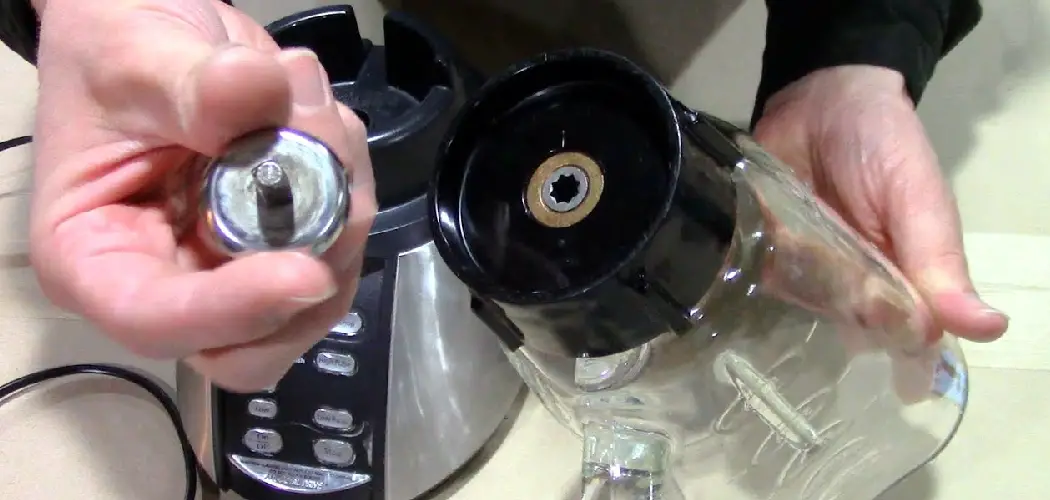A blender that won’t spin is a problem with several causes. The most common cause is a broken or damaged drive coupling. This is the part of the blender that connects the motor to the blade assembly. If this coupling is damaged, it will prevent the motor from being able to turn the blades. Another possible cause of a blender that won’t spin is a damaged or broken blade assembly. This is the part of the blender to that the blades are attached. Again, if this assembly is damaged, it will prevent the blades from being able to turn.
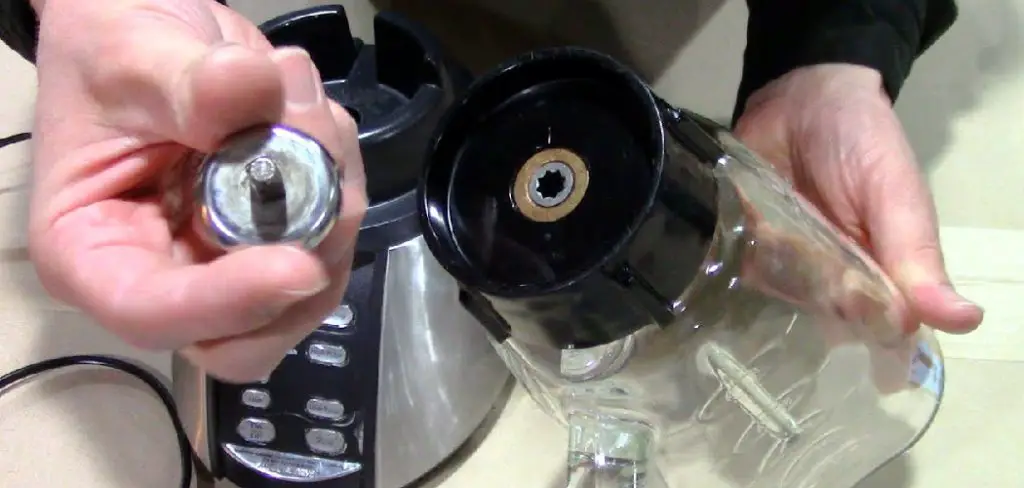
If you’ve ever had a blender that wouldn’t spin, you know how frustrating it can be. Fortunately, there are a few things you can do to try to fix the issue. In this blog post, we’ll discuss some of the most common causes of this problem, and we’ll also provide some tips on how to fix a blender that won’t spin. So, if your blender is giving you trouble, read on for some help.
14 Easy Ways on How to Fix a Blender That Won’t Spin
1. Check the Drive Coupling.
The first thing you should do if your blender won’t spin is to check the drive coupling. This is the part of the blender that connects the motor to the blade assembly. If this coupling is damaged, it will prevent the motor from being able to turn the blades.
2. Check the Blade Assembly.
Another possible cause of a blender that won’t spin is a damaged or broken blade assembly. This is the part of the blender that holds the blades in place. If this is damaged, it can cause the blades to become loose and not spin correctly. Remove the blender pitcher from the base and inspect the blades to check the blade assembly. Again, if they are loose or damaged, you will need to replace the blade assembly.
3. Inspect the Blender Pitcher.
If the blender blades seem to be spinning correctly, but the blender still isn’t working, the problem may be with the blender pitcher. Start by inspecting the pitcher for any cracks or damage. If there are any cracks, replace the pitcher. If the pitcher is damaged but not cracked, you may be able to repair it with a Blender Pitcher Repair Kit.
4. Inspect the Blender Base.
If the blender pitcher is in good condition, the next step is to inspect the blender base. First, check to see if there are any cracks or breaks in the blender base. If there are, then the blender will need to be replaced. If the blender base is in good condition, the next step is to check the blades.
5. Check the Blades.
The next step is to check the blades. If the blades are dull or damaged, they may not be able to move properly, causing the blender to stop working. To fix this, sharpen or replace the blades. If the blades are not the problem, something is likely blocking the blender from spinning. Again, to fix this, remove the object blocking the blades and then try blending again.
6. Inspect the Blender Gasket.
If the blender blades are still not moving, then the next step is to inspect the blender gasket. The gasket is a rubber ring that sits between the blade assembly and the jar. Over time, the gasket can become brittle and cracked, which will prevent the blade assembly from spinning. Remove the jar from the blender and inspect the gasket for any damage to check the gasket. If the gasket is damaged, it will need to be replaced.
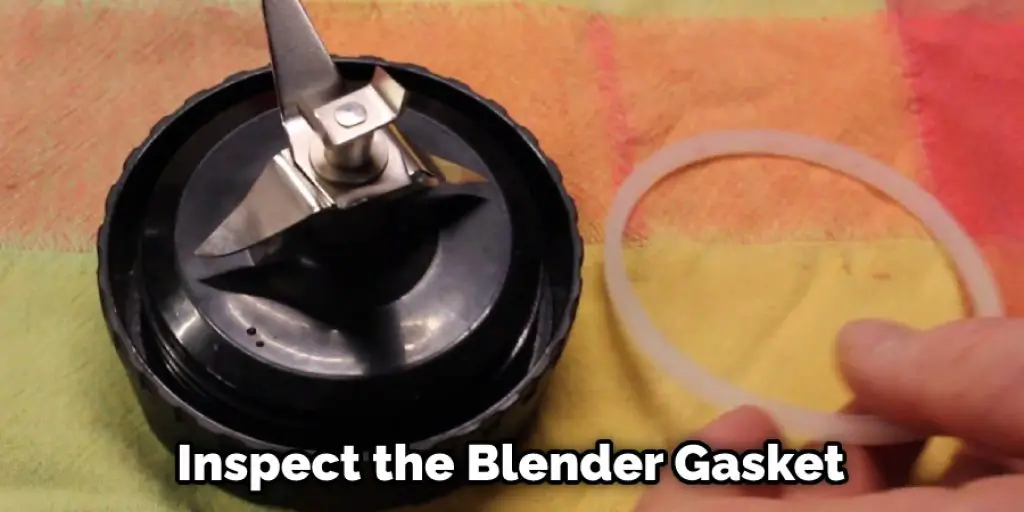
7. Inspect the Blender Jar.
If the gasket is not the issue, take a look at the blender jar. If there are cracks or chips in the jar, it will need to be replaced. Blender jars are made of glass or plastic, and over time they can become cracked or chipped. If you see any damage to the jar, it’s best to replace it.
8. Check the Blender Seals.
If the blender jar is in good condition, the next step is to check the seals. The seals are located between the blade assembly and the jar. Over time, these seals can become damaged or worn, which can cause the blender to leak or not blend properly. Remove the jar from the blender and inspect the seals to check the seals. If they are damaged or worn, they will need to be replaced.
9. Replace the Blender Blade Assembly.
If the seals are in good condition, the next step is to check the blender blade assembly. Over time, the blades can become dull or damaged, which will prevent the blender from spinning properly. Unscrew the blender jar from the base and inspect the blades to check the blades. If they are damaged, bent, or dull, they will need to be replaced. You can purchase a new blender blade assembly from most home improvement or appliance stores.
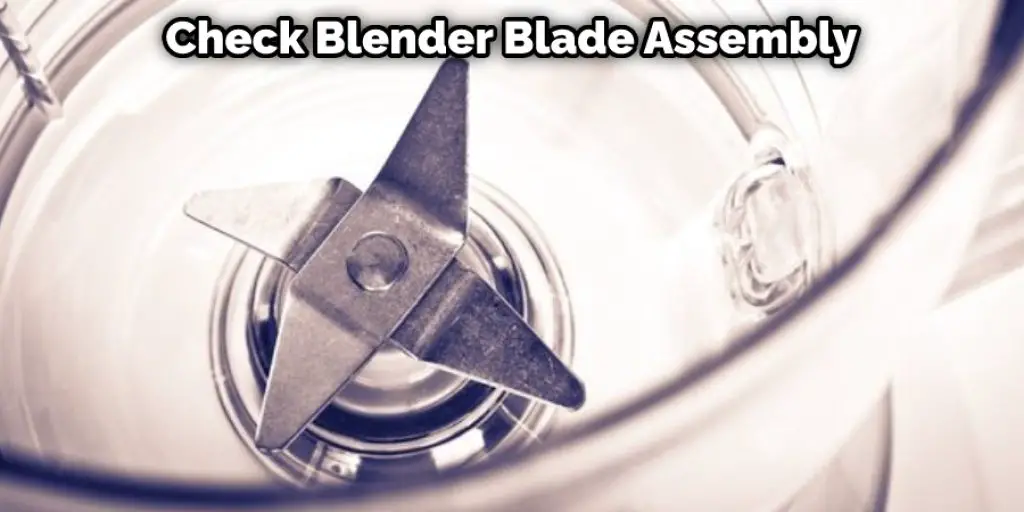
10. Inspect the Blender Drive Socket.
The problem may be with the blender drive socket. This is the blender part that connects the blade assembly to the motor. If this isn’t working properly, the blades won’t spin. First, unplug the blender and remove the jar to check the drive socket. Next, take a look at the socket to see any damage or debris. If the socket looks damaged, it will need to be replaced. If the socket is clean, the problem may be with the blade assembly.
Next, inspect the blades to see if they are damaged or if there is any debris blocking them. If the blades are damaged, they will need to be replaced. If debris is blocking the blades, remove it and then try blending again.
11. Inspect the Blender Motor.
If the blender still isn’t working, the problem may be with the motor. First, unplug the blender and then unscrew the base to check the motor. Once the base is removed, you should be able to see the motor. Next, check the power cord for any fraying or damage. If the cord looks damaged, it will need to be replaced. If the cord is in good condition, try plugging the blender in and turning it on. If the motor still doesn’t work, it will need to be replaced.
12. Replace the Blender Motor.
If the motor needs to be replaced, you can purchase a new one from most kitchen appliance stores. First, remove the power cord from the blender to replace the motor. Next, unscrew the base of the blender jar and set it aside. Remove the screws that hold the motor in place, and then carefully remove the motor. Finally, install the new motor in the reverse order.
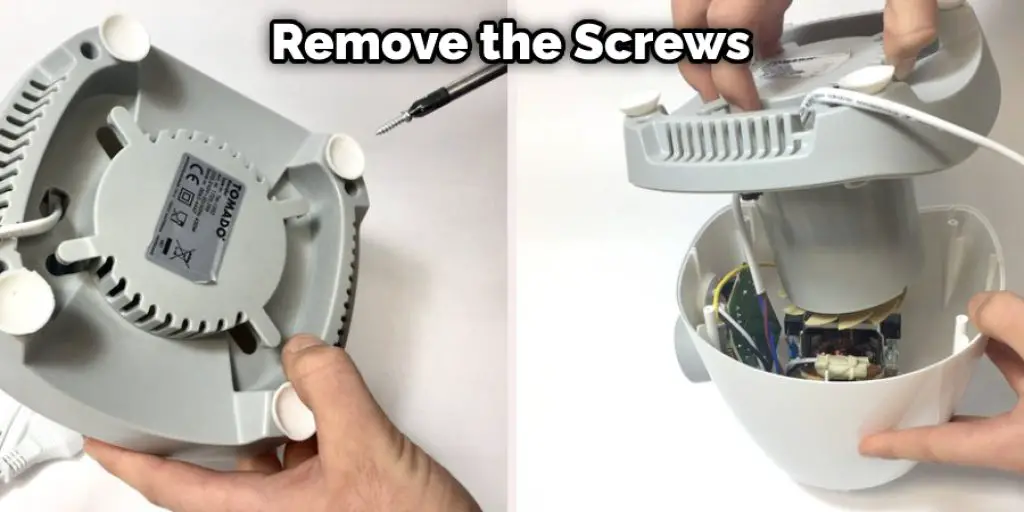
13. Inspect Power Cord
If your blender still doesn’t spin after replacing the motor, there may be an issue with the power cord or switch. First, test the power cord with a multimeter to see if it is receiving power. If the power cord is not the problem, replace the switch. If the switch is also not the problem, the power cord will need to be replaced.
14. Clean the Blender.
Once you have fixed the problem with your blender, it’s important to clean it thoroughly. Blenders can become dirty and grimy very easily, which can lead to future problems. Simply remove the blades and wash them in warm, soapy water to clean your blender. Be sure to rinse the blades well and dry them before putting them back in the blender.
Next, wipe down the inside of the blender with a damp cloth. Be sure to reach all nooks and crannies, as dirt and grime can build up in these areas and cause problems. Finally, rinse out the blender with clean water and dry it thoroughly.
Tips and Warnings on How to Fix a Blender That Won’t Spin
Tips
- Be sure the blender is properly plugged in.
- Check to see if there is a power switch and if it is turned on.
- Make sure the blender jar is properly seated on the base.
- Inspect the coupling to be sure it is not damaged and that it is firmly attached to the base.
- If the blender has speed control, make sure it is set to “high.”
- Try pressing the “pulse” button to see if the blades will start to spin.
- If the above tips do not work, unplug the blender and contact the manufacturer for further instructions.
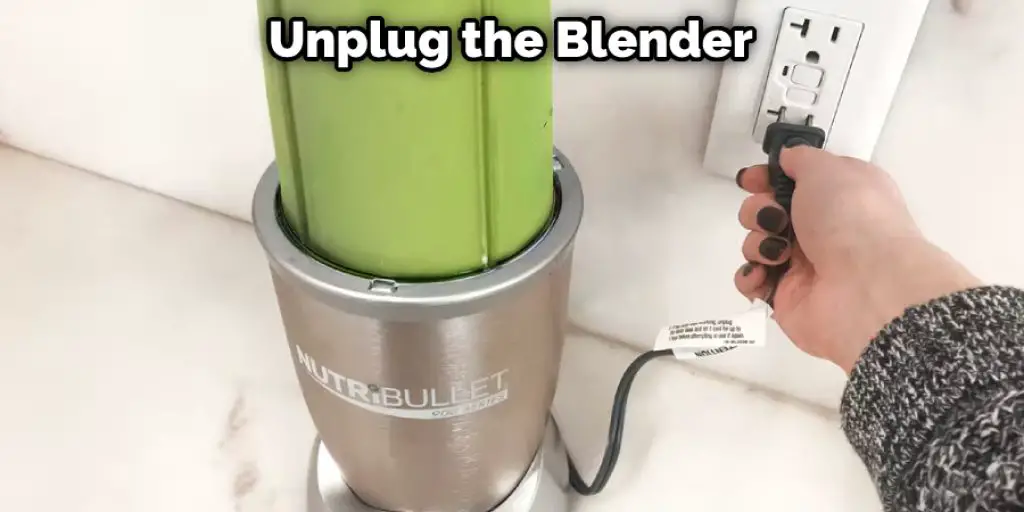
Warnings
- Do not attempt to repair the blender yourself unless you are sure you know what you are doing.
- Be careful when handling the blades as they are very sharp.
- Make sure the blender is unplugged before attempting any repairs.
- Do not operate the blender if it is leaking.
- Keep hands and other body parts away from the blades while the blender is used.
Conclusion
This article has given some tips and warnings on How to Fix a Blender That Won’t Spin. Although it may seem daunting, repairing a blender is actually a fairly simple process. If you are having trouble getting your blender to spin, follow these steps and you should be up and blending in no time. Remember, if at any point you feel like you are struggling or do not know what to do, stop and seek help from a professional.
With a little patience and some basic tools, you can have your blender spinning like new in no time. Have you ever repaired a blender before? What tips would you add? Write down your thoughts in the comments below. Thanks for reading.

